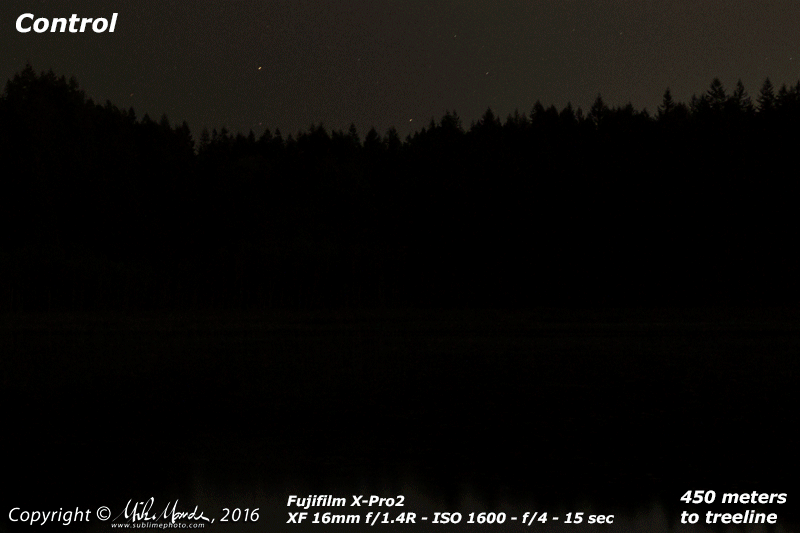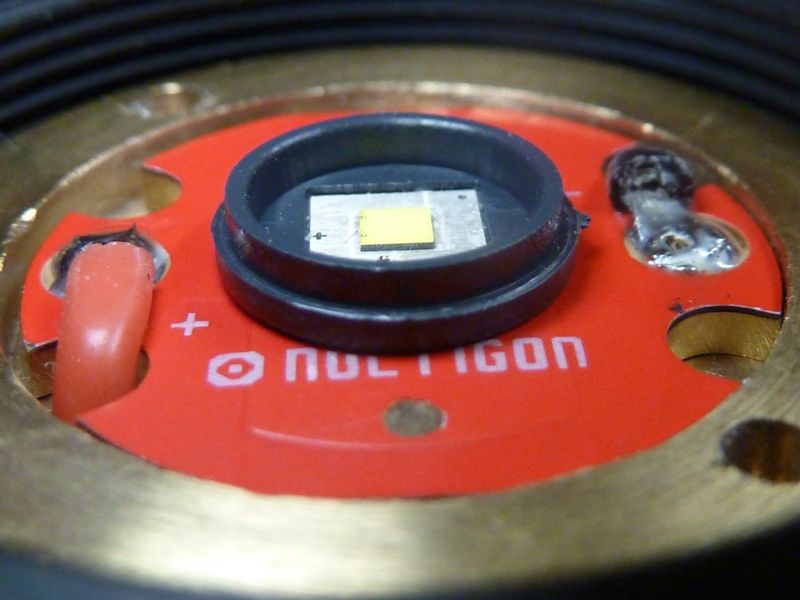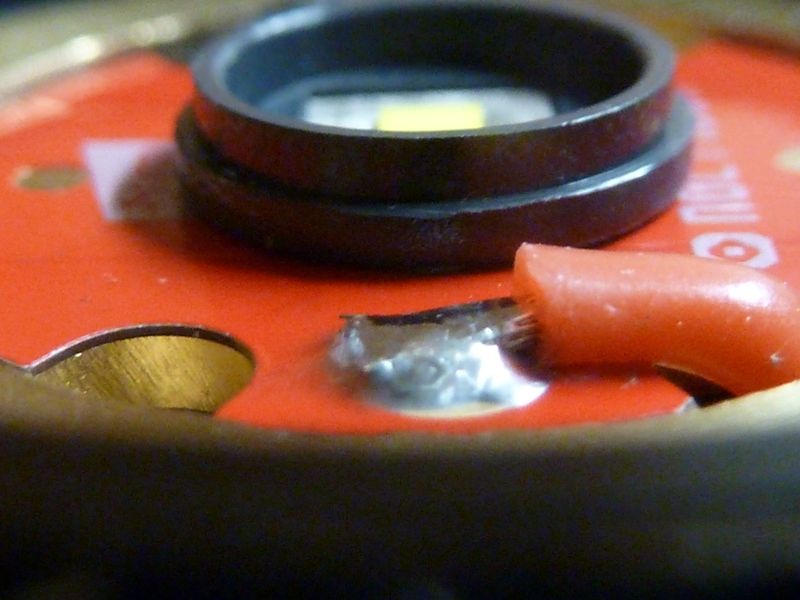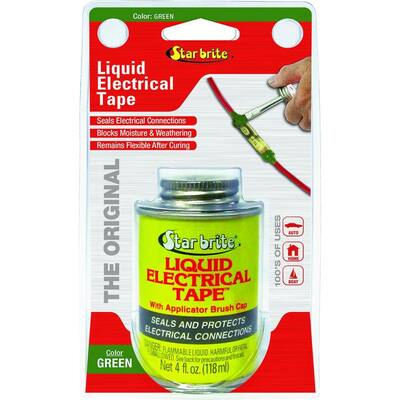So, I managed to get out and do some beamshots on Saturday night. Location was Minnekhada Regional Park, east of Coquitlam, Lower Mainland, BC, Canada. I shot due east and had roughly a 450 meter run to a tree-line according to Google Earth…
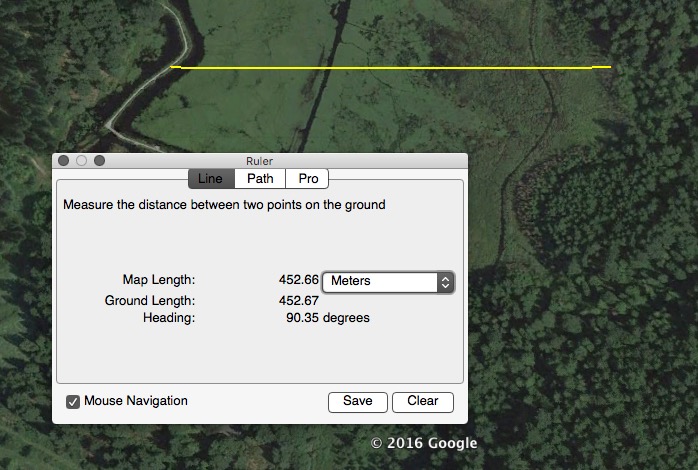
There was some intermittent mist coming through, so there will be some slight variation in the visibility of the beams and the spill. I was experimenting with several different angles and camera positions, and at the suggestion of a friend who was helping me out, I positioned the camera so the spill was visible in the air against a dark hillside. This gave the beam profile the best visibility. Below is a GIF animation, 800 pixels wide. There are links to larger animations you can download too.
If anyone would like me to post the individual frames as JPEGs, to avoid the GIF dithering artifacts, I can do so? I have numerous additional beamshots from lights not in the animation and eventually, in the next few days sometime, I plan on posting everything to my blog. I just wanted to get something out quickly, for you all here to see…  First, some notes about the lights…
First, some notes about the lights…
I mostly went in order of my brightest throwers, but the first light in the animation is a crazy Vinh modded (V54) SupBeam K40Mvn. While the MT-G2 LED does not make an ideal thrower, it is an absolute beast of light, putting out about 4000 lumens on Sony VTC5 cells, and it nearly keeps up with my dedicated throwers. That said, when you are actually holding the light, you cannot see as much at a distance since any dust or mist in the air will backscatter so much light, that your hot-spot visibility is reduced. However off-axis, from the camera position, it is certainly impressive.
The next light is my stock TN32, with a very heavily driven but regular (dome-on) XM-L2. It is a fairly bluish beam, and the backscatter is also rather distracting.
Then comes my Olight SR52UT. It has a more neutral tint with less blue than the TN32, and it has a concentrated beam. The core brightness is very close to the TN32 but with less spill brightness, it is actually more useable in less than perfectly clear air.
Next the Cometa. So, at 450 meters I would say its hotspot is definitely less intense than the TN32 or SR52UT, as I had anticipated with my indoor comparisons. However, the warmer tint is noticeable and it is essentially just as effective a thrower as the other two, since there is virtually zero spill to reflect back at you, so the hotspot is more visible. In perfectly clear air, the other two would be superior but last night the Cometa held its own. After some ceiling bounce brightness comparisons with some of my other lights, I would peg it at approximately 950-1000 lumens, give or take. If I had a CW version, and if that were truly 1300 lumens, then it would have certainly been even more impressive. I do love walking around with it at night and enjoyed the ability to change its focus, however I wish the threads were “faster” and required less turning to go from zoomed to defocused. I would also prefer it to have an even warmer tint, maybe 4500K, and I’d be willing to sacrifice some throw for that.
Lastly, I threw in the tiny little EagleTac GX30A3D, with a CW XP-L HI, running on three AA cells. Impressive throw for its size and power source! So, without further ado, here is the animation…
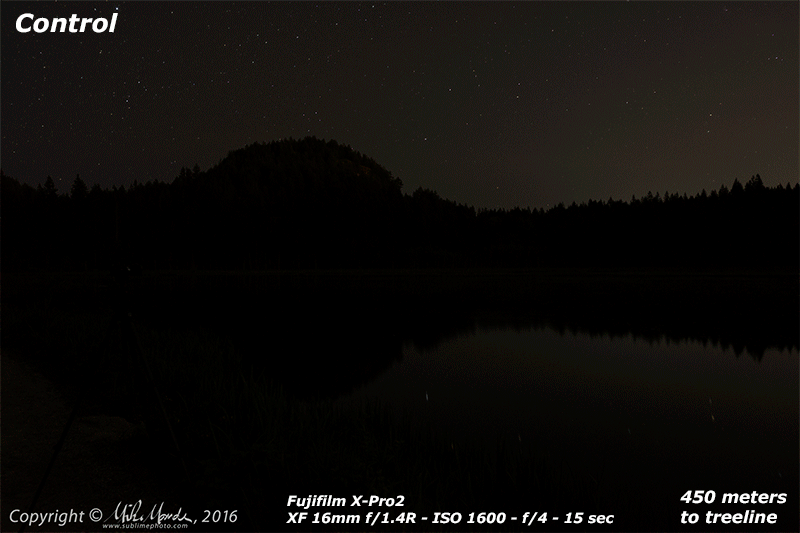
Here are links to some larger versions…
Cometa Comparison Animation - 1600 pixels wide - 6.3MB
Cometa Comparison Animation - 2400 pixels wide - 13.8MB
Note the brightness of these beamshots in the animations were a little above what one saw visually, but I adjusted the camera’s exposure to clearly show the beams and the spill, enabling easier comparison I felt.
The lights not in the above animations, that I also took beamshots of last night: BLF A6 (NW), EagleTac G25C2 Mark II with XP-L HI (but I messed up the aim a little on that one  ), EagleTac MX25L3C (Nichia 219), Noctigon Meteor M43 (Nichia 219), Nitecore EA41 and EC4SW, Armytek Predator Pro 2.5 (XP-G2 CW), MTE M2 Aspheric (Vinh modded with a warmer XP-G2 and a slight current boost) and even an Olight S1 (brass), although that one was a little outclassed…
), EagleTac MX25L3C (Nichia 219), Noctigon Meteor M43 (Nichia 219), Nitecore EA41 and EC4SW, Armytek Predator Pro 2.5 (XP-G2 CW), MTE M2 Aspheric (Vinh modded with a warmer XP-G2 and a slight current boost) and even an Olight S1 (brass), although that one was a little outclassed…
Hope someone finds this post helpful. 
EDIT: Here is a zoomed in version of the beamshot animation. Now that I am looking at them more closely, the Cometa is actually doing better than I first thought. It appears a little less bright due to its more neutral beam colour, but throw is actually pretty close to the SR52UT I think… :sunglasses:
